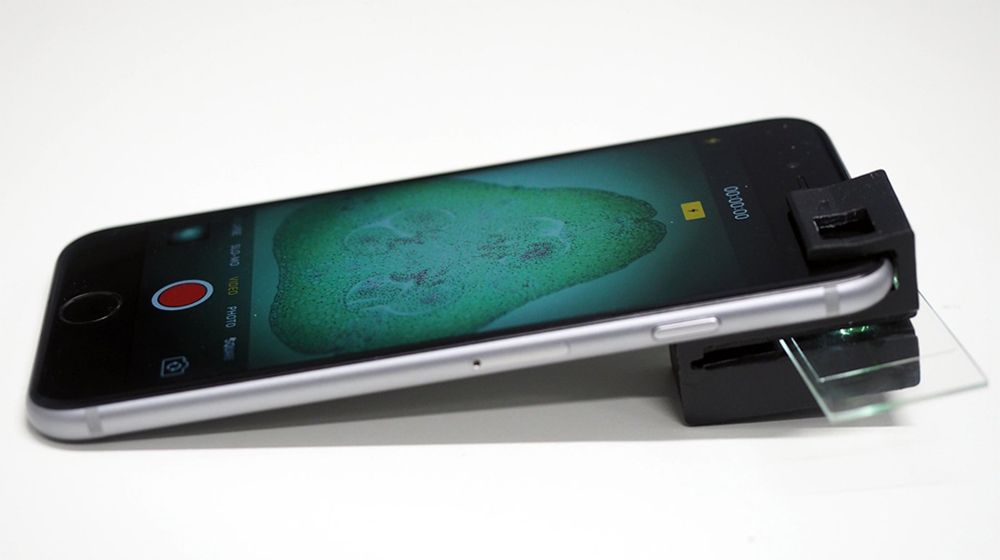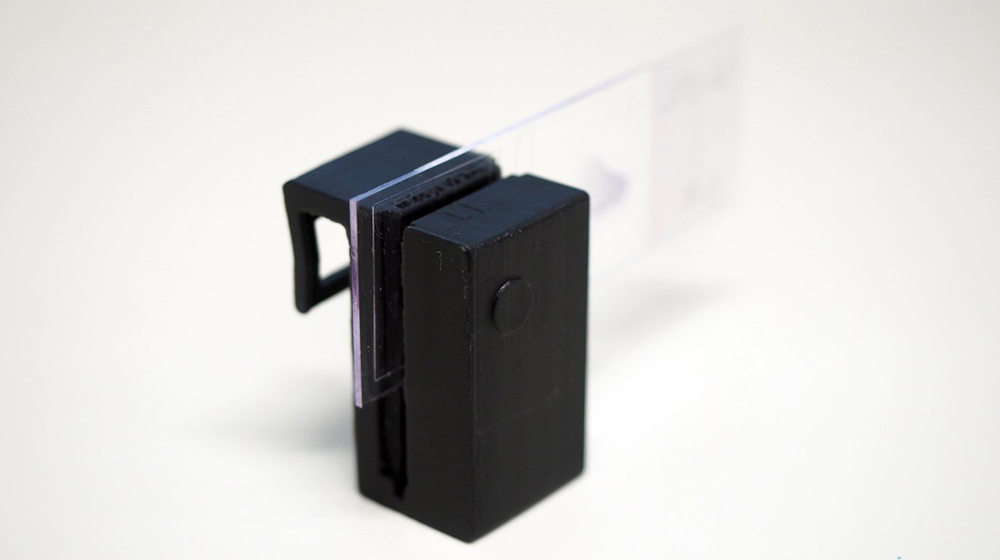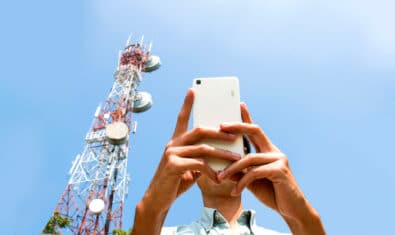Scientists have discovered a way to turn your smartphone, any smartphone, into a microscope. What’s more, you can carry it with you wherever you go.
A group of researchers at the ARC Centre of Excellence for Nanoscale BioPhotonics, Australia have created a ‘clip on’ that you can use to turn your normal smartphone camera into a microscope.
This invention has great potential to bring science into every day use and also to make remote and field work a whole lot easier. You won’t have to carry your old microscope where ever you go or wait to get back to your lab to do the research, you can just simply carry it in your pocket.
The microscope is powerful enough to show microscopic organisms, animal and plant cells, blood cells and cell nuclei as small as 1/200th of a millimeter.
No external power or light source is needed for it to work, just your old-fashioned smartphone camera with a flash.
Lead developer and CNBP Research Fellow at RMIT University, Dr Antony Orth says,
We’ve designed a simple mobile phone microscope that takes advantage of the integrated illumination available with nearly all smartphone cameras.
ALSO READ
Google is Using AI to Scan Eyes for Heart Diseases
How it Works
The clip-on is designed with internal “illumination tunnels” that guide light from the camera flash to bring light to what ever you’re looking at.
Almost all other phone-based microscopes use externally powered light sources while there’s a perfectly good flash on the phone itself. External LEDs and power sources can make these other systems surprisingly complex, bulky and difficult to assemble.
Dr. Orth adds that this microscope requires just 1 step to assemble, without needing any additional lighting measures (microscopes need a light source to illuminate the slides in most cases). This not only makes it easy to use, it also cuts down the cost required to manufacture it.
Enables Dark and Light Field Microscopy
There is also another advantage to this microscope, it lets you use both bright-field and dark-field microscopy techniques.
Bright-field microscopy allows you to see the specimen on a brighter background, whereas dark-field microscopy illuminates it on a darker background.
Use in Remote Areas
The doctor adds that this technology can be especially helpful in developing countries, he says
Powerful microscopes can be few and far between in some regions. They’re often only found in larger population centers and not in remote or smaller communities. Yet their use in these areas can be essential—for determining water quality for drinking, through to analyzing blood samples for parasites, or for disease diagnosis including malaria.
Dr Orth and his CNBP colleagues have already tested this device in various areas, which turned out to be successful. They visualized samples ranging from cell culture, to zooplankton to live cattle semen in support of livestock fertility testing.
Available for The Public
The question now is this thing only for scientists and researchers? The answer is ‘no’.
The inventors of this clip on have made the design public. All you need is access a 3D printer.
You can download the 3D files here.




























Nice info